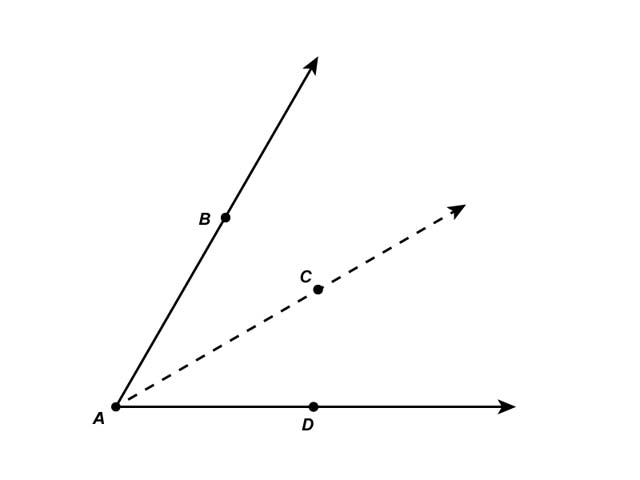
One problem with this is that you have to buy more conventions to believe it: the convention about negative amounts of money representing debt, the convention about negative receiving being kinda sorta like sending out. But once you receive payment, you have \$15. Sending out is the opposite of receiving, so if you send out 5 bills for 3 dollars, you have $(-5)(-3)$ dollars. If you receive 5 bills for 3 dollars then you have $5 \cdot (-3) = -15$ dollars. One context I’ve seen has something to do with sending out bills.

Trouble is, all this is really hard to explain to middle schoolers, so people invent contexts. The same reasoning tells us that $(-5)\cdot(-3) = 15$. We want the commutative law to hold, so we had better say $(-5)\cdot 3 = -15$ as well. The first term on the right side is 15, so the other term had better be $-15$. So the right side had better be zero as well. The left side is really $3 \cdot 0$, so it had better be zero. In particular, we want the distributive property to apply. Those good reasons are mathematical: we want to make sure that when we extend multiplication and addition to negative numbers the properties of operations still apply. There are many contexts for answering this question and they are dubious in varying degrees because the real answer is “because I said so.” That is to say, the rule for multiplying negatives is a convention adopted for good reasons, but a convention nonetheless. Why is a negative times a negative a positive? How much do the blue squares weigh?” I think it’s a useful approach with students to remember that equations are a matter not just of truth, but of truth and consequences. What can you say about $x$?” Just as you say “Imagine this hanger is balanced and the green triangles weigh one gram. The middle schooler’s version of if-then language might not always use the words “if” and “then.” You might say “Imagine there is a number $x$ such that $3x + 2 = x + 5$. or that there is no solution to the equation. It’s the mathematical equivalent of “ If the moon is green cheese, then I’m a monkey’s uncle.” It’s a way of saying the moon is not green cheese. A sentence like “If $x$ is a number satisfying $3x + 2 = 3x + 5$ then $2 = 5$” makes perfect sense. If we use if-then language when talking about equations, then we can make sense of equations with no solutions. When we perform the same operation on each side of an equation, we are not only preserving the truth of the equal sign but also preserving the consequences of the equal sign. The fact is, an equation with a variable in it is neither true nor false, because it is merely a phrase in a longer sentence, such as “If $3x + 2 = x + 5$ then $x = \frac32$.” This sentence is true, but the phrases within it are not sentences and have no inherent truth or falsity. Students learn to say that this means there are no solutions, but it’s hard to make sense of that response rule without understanding what’s really going on with equations. Especially when they reduce it to $2 = 5$.

I can imagine that students who have an idea of an equation as “the left hand side is equal to the right hand side” might be confused by this situation, and think this is not a proper equation. This leads to a discussion of how performing the same operation on each side of an equation preserves the truth of the equal sign.īut what happens with an equation like $3x + 2 = 3x + 5$? In this case, the hanger diagram is a physical impossibility: the right hand side will always be heavier than the left hand side. It is helpful for explaining why you have to perform the same operation on each side when solving equations if you take two triangles from the left side you have to take two triangles from the right side as well in order to preserve the balance. The fact that the hanger is balanced embodies the hidden assumption that the equation is true. In the Illustrative Mathematics middle school curriculum coming out this month we start students out with hanger diagrams to represent such equations: But there is a hidden assumption in there that the equation is true.

It seems obvious to talk about an equation such as $3x + 2 = x + 5$ as saying that $3x+2$ is equal to $x + 5$, and that’s probably a good place to start. The language we use when we talk about solving equations can be a bit of a minefield.


 0 kommentar(er)
0 kommentar(er)
